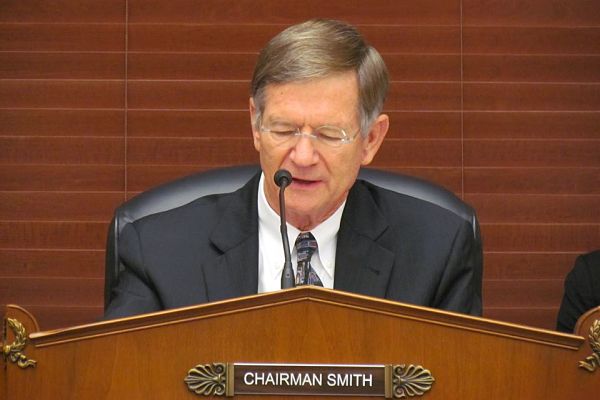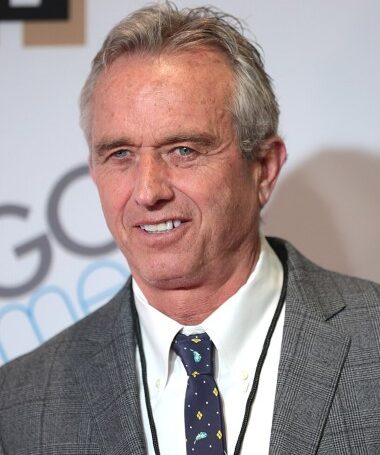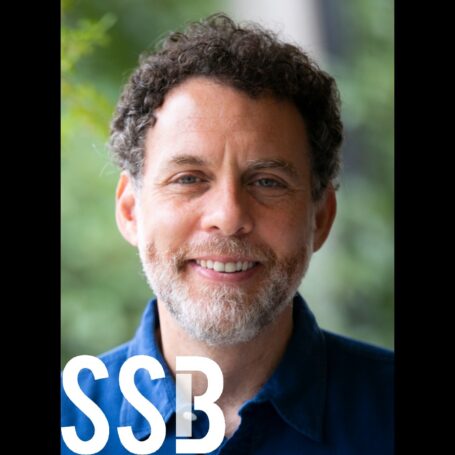The National Interest and the NSF

Lamar Smith, an eight-term Republican representing the Austin/Kerrville/ San Antonio areas of Texas in the House of Representatives, is the current chairman of the House Science Committee.
What is the “National Interest?” Is it a nebulous term like “national character,” now routinely dismissed as meaningless? Or is it more related to “nationalism,” which Norman Angell in 1911 described as “more important than life itself” – a point made clear a few years later in World War I.

Howard J. Silver served for a quarter century as the executive director of the Consortium of Social Sciences Agencies. His blog appears monthly at Social Science Space.
The phrase was used as a title for a magazine founded in 1985 by neo-conservatives Irving Kristol and Owen Harries. The current website indicates that the publication is not, as its inaugural statement declared, about world affairs, but about “American interests.” What is the paramount American interest, according to the magazine, is the approach to foreign affairs commonly known as realism. This is a school of thought traditionally associated with such thinkers and statesmen as Disraeli, Bismarck, and Henry Kissinger, although Niall Ferguson now suggests that the latter was really an idealist, at least in his early incarnation. Yet, Kissinger is the honorary chairman of the group that produces the publication.
Ironically, in August 1994, the Clinton administration published a policy document that detailed its commitment to fundamental science. It was called Science in the National Interest. It proclaimed: “Science, both endless frontier and endless resource, is a critical investment in the national interest.” What is that interest? According to the Clinton folks: the enduring core elements of our national interest: [are] the health, prosperity, security, environmental responsibility, and quality of life of all of our citizens.”
Thus, the report sets five main goals for U.S. science policy:
- Maintain leadership across the frontiers of scientific knowledge
- Enhance connections between fundamental research and national goals
- Stimulate partnerships that promote investments in fundamental science and engineering and effective use of physical, human, and financial resources
- Produce the finest scientists and engineers for the 21st century
- Raise the scientific and technological literacy of all Americans.
The administration also stressed that the report reflected “the efforts and contributions of a diverse group of individuals drawn from academia, industry, professional societies and associations, and government.” It also maintained that the nation should not lose sight that: “Over the last fifty years, the United States developed a unique and highly successful system for advancing scientific research in universities, medical schools, and independent research centers and in Federal and industrial laboratories. Our system rests on a strong commitment to investigator-initiated research and merit review based on evaluation by scientific peers. This system maintains the emphasis on excellence and brings new people and new ideas into the research enterprise.” In addition, the report maintained that it has “seldom proved possible to anticipate which areas of science will bring forward surprising and important breakthroughs at any given time.”
The Clinton administration established a National Science and Technology Council (NSTC) within the Executive Office of the President to implement the strategy outlined in the report. However, because the administration was still concerned with balancing the federal budget, their proposed spending for NSF and other science agencies did not provide significant increases to implement the lofty goals of their science policy document. That would come later during the second term when Neal Lane, who had been NSF director, became the director of the White House Office of Science and Technology Policy.
The NSTC lives on in the Obama Administration and has an elaborate structure, which includes as a Subcommittee of the Committee on Science a Social, Behavioral and Economic Research panel. This subcommittee currently has two interagency working groups under its purview: Language and Communication, and Research Business Models.
Now back to Chairman Smith and his attempts to update science in the national interest. Since taking over the Science panel in 2013, Smith has attacked the NSF for wasting taxpayer money on “silly” grants, many in the social, behavioral and economic sciences. He has jousted with NSF leadership over the foundation’s review process for awarding grants and has sponsored legislation that has forced the agency to become more transparent that has increased the burdens on staff and researchers. He continues to deride NSF for wasteful spending and to produce legislation to help redirect that spending.
The science community has perceived the chairman as anti-science. His latest foray against the National Oceanographic and Atmospheric Administration (NOAA) regarding climate change research only exacerbates this opinion. Smith argues that he is only carrying out his panel’s agency oversight functions. The social and behavioral sciences and the geosciences feel especially aggrieved because in the earlier NSF part of the America COMPETES reauthorization bill, the House slashed the authorized spending on these two NSF directorates.
As the Senate continues to piece together its version of a COMPETES reauthorization, which would include NSF, and purportedly would look quite different from the House-passed version, Smith and his colleagues have separated some of the NSF provisions of the larger legislation into a stand-alone bill.
Smith claims the national interest legislation provides that “the NSF peer review, merit selection process is and should remain the foundation of the grant-making process.” The purpose of this separate bill, he added, “is to add transparency and accountability to that process.” He further argued that the 1950 enabling legislation, which created the NSF, set forth its mission and cited the “national interest” as the foundation for public support and dissemination of basic scientific research.
The committee-passed bill sets out certain criteria as to what is “in the national interest,” by suggesting that the approved research must have the potential to achieve—
(A) increased economic competitiveness in the United States;
(B) advancement of the health and welfare of the American public;
(C) development of an American STEM workforce that is globally competitive;
(D) increased public scientific literacy and public engagement with science and technology in the United States;
(E) increased partnerships between academia and industry in the United States;
(F) support for the national defense of the United States; or
(G) promotion of the progress of science for the United States.
To a significant extent these do not differ all too much from the goals for science policy laid out by the Clinton administration. Yet, the scientific community continues to harbor suspicion about Smith’s bill. What bothers these skeptics is that these criteria must be met and justified at the time the grant gets awarded. As noted previously and what has been clearly demonstrated by the Golden Goose awards, the results of fundamental scientific research are unpredictable and what appears early in a grant’s life or in its title to not advance the national interest could turn out to have profound economic and security consequences.
Another factor here is that the “national interest” criteria come up against another facet of 21st century science. As the 1994 report highlighted, and which has become even more pronounced since, “the nature of science is international, and the free flow of people, ideas, and data is essential to the health of our scientific enterprise.” In addition, today’s scientific challenges, in health, environment, and social change are global in scope so that there is a need for cooperation with other countries’ scientists. Chastising, as Smith has done, NSF grants to study scientific phenomena in other cultures does not help in this need for scientific cooperation.
Clearly, international aspects of science will sometimes clash with national interest concerns. This is generally accommodated through defense and intelligence agency research. It should not deter a fundamental research agency supporting non-classified research across all the sciences.
Yet, as stated in the beginning of this piece, the “national interest” is often a euphemism to justify policies that you wanted to conduct anyway. This has now affected NSF and its mission to support fundamental science, most of it investigator-initiated, to enhance scientific understanding and literacy and to provide studies that will “advance the national health, prosperity, and welfare; [and] to secure the national defense.”






















































































